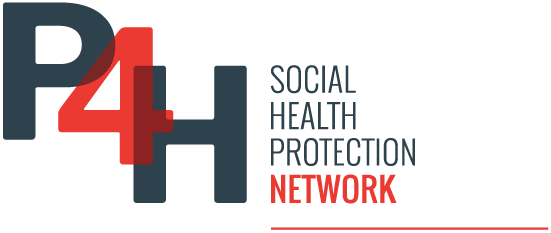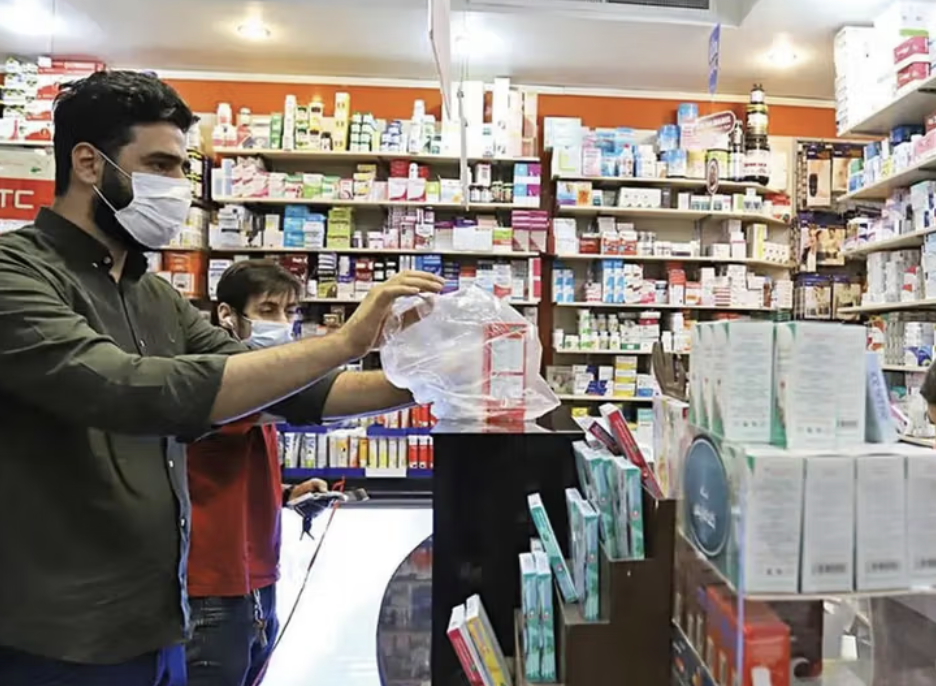Iran’s health system faces collapse as rising costs, insurer debts, and an aging population strain financing. Pharmacies warn of drug shortages within months, with 80% near bankruptcy. Families pay 70% of health costs, while workers lack coverage, leaving system sustainability in doubt.
Iran’s health system is facing a growing financial crisis that lawmakers and health officials warn could soon make it unsustainable. Reza Jabbari, a member of parliament’s presiding board, said rising costs, demographic pressures, and increasing insurance debts threaten the government’s ability to fund healthcare. He noted that 70 percent of insurance resources are spent on medicines and equipment—costs that could be reduced through strategic purchasing. Without reforms, Jabbari cautioned, Iran may face shortages in healthcare similar to its energy sector, alongside a rise in chronic and non-communicable diseases.
The pharmaceutical sector is already under severe strain. Shahram Kalantari, head of the Pharmacists Association, described the government as the “main debtor” to suppliers, citing unpaid obligations: $100 million from Health Insurance, $150 million from Social Security, and $90 million from the Daroyar subsidy plan since July. He warned that if such arrears persist, the drug industry can only remain stable for another six months before medicine shortages emerge. Mounting debts also threaten pharmacies, with 80 percent reportedly on the brink of bankruptcy.
At the household level, high out-of-pocket costs are compounding the crisis. According to Fatemeh Mohammadbeigi, deputy chair of parliament’s Health Committee, families now cover about 70 percent of medical costs, an inversion of the intended financing model. She criticized the fragmented and poorly managed insurance system as “near bankruptcy,” with limited coverage leaving low-income groups especially vulnerable. Labor activists noted that working-class access is shrinking, with only 50,000 construction workers securing insurance since 2020. Overall, Iran’s health financing system is weighed down by debt, inefficiency, and demographic challenges, putting its sustainability in grave doubt.




